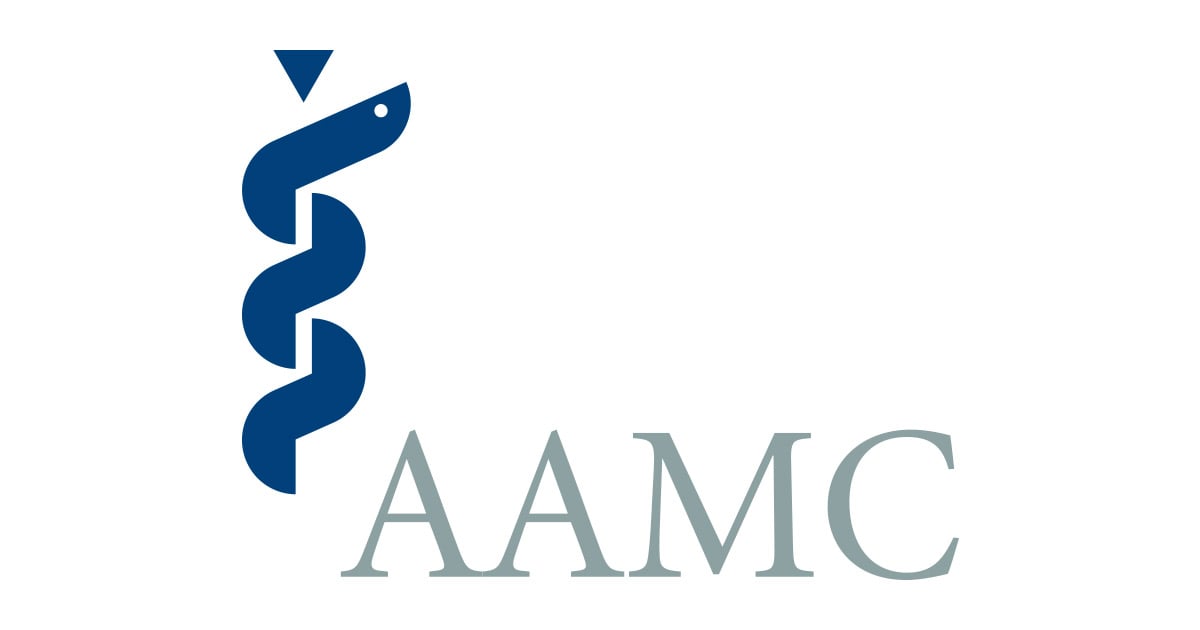View attachment 347677
Well THIS should be interesting.
This will go one of two ways:
1) ASTRO or some other professional society/coalition hired real economists to do a workforce study. I feel like rumors of this would have trickled out if it happened, and I haven't heard anything - has anyone else? I think Vapiwala said somewhere recently that they were looking into doing it, but February 2022 seems too soon. I can't for the life of me remember where I read that statement, but I remember thinking maybe we'd have something by the end of 2022 at the earliest.
2) Barring a real economic analysis, everyone has access to the same data. You can try to spin it positive like Potters keeps trying to do ("I surveyed my friends at SCAROP and they might hire over the next three years! Word of mouth is hiring is OK this year! All is well!"), or you could just have a frank discussion of all the different forces involved, which are overwhelming and go beyond simple supply/demand.
The fact that this is happening in the RJ is a good sign. As we all know, the last time any meaningful contraction took place in an attempt to curb oversupply was in the late 1990s. I was reading (very) old issues of the Red Journal, and rediscovered this gem, "
The Manpower Crisis Facing Radiation Oncology" from April 1986:
View attachment 347678
Again, in advance of whatever happens in February, I feel the need to point out this timeline:
1) As early as the mid-1980s there were concerns about oversupply
2) It took ten years for things to be done about it (extending training by a year, cutting back spots - late 90s)
3) Almost as soon as these changes took place, IMRT became widely available and a ton of money came into the specialty
4) So now, all the "old timers" remember how people were warning of oversupply but it "didn't happen"
I will keep repeating myself about this, because the gray haired people in charge who say "the sky is always falling in Radiation Oncology" DO NOT seem to appreciate the crazy timing of IMRT, and I'm tired of them dismissing workforce concerns because they can't view their experience through a wider historical lens.



